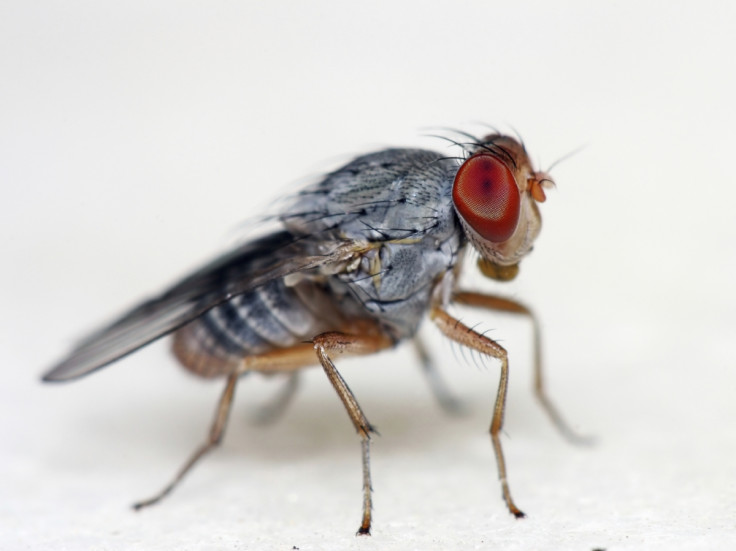Scientists use laser pacemaker on heart of a fly and could one day use it on us [Video]

Scientists have succeeded in controlling the heartbeat of a fruit fly using a laser beam, causing its heart to beat in perfect synchronicity with the laser. This invention could pave the way for more research into creating non-invasive optical pacemakers that won't require patients to have an operation to insert the device.
Natural heartbeats are caused by electrical impulses that ripple through cardiac cells, causing the cells to contract and push blood through the heart and around the body. To treat irregular heartbeats, an electronic device called a pacemaker is implanted into a patient's body, and the device is programmed to emit a steady stream of impulses directly into the patient's cardiac cells. So researchers from Lehigh University in Pennsylvania, USA decided to see if they could invent a non-invasive way to control the heart.
The genome of a fruit fly is 80% identical to that of a human and they are often used in medical research, so the researchers bred a strain of fruit flies that had been genetically altered so that their cardiac cells contained a light-sensitive protein that comes from algae. When the laser beam was directed at the fly's heart, it stimulated the cardiac cells that contained the protein so that the fly's heartbeat 10 times per second, in exact synchronicity with the laser beam pulses.
Still a long time before laser pacemakers are possible
Unfortunately, while the method works with fruit flies as they are tiny enough to have their hearts stimulated in all stages of their life, from larva up to adult, it is nowhere near as successful with other creatures.
Other researchers have previously used optical pacemakers to stimulate the hearts of zebrafish, but the laser only worked when the fish were early on in their development stage. When the fish became adults, the laser beam was not able to reach their hearts through the tissue.
Experiments with mice were only possible when scientists first operated on them to make a hole in the chest wall that they could shine the laser beam through to reach the heart, and this procedure could only be performed once, Chao Zhou, an assistant professor of bioengineering at Lehigh University told IEEE.
In theory, Zhou said that it would be possible to use near-infra-red light to penetrate the human body in order to access the cardiac cells, and it would be possible to augment those cells with a protein to make them respond to near-infra-red light.
However, at the moment, near-infra-red light scatters in the body when it touches it, so in order for non-invasive optical pacemakers for humans to be possible, scientists will need to first figure out how to focus near-infra-red light into a beam that can be directed at the heart.
The open-access paper, entitled Optogenetic Pacing In Drosophila Melanogaster is published in the journal Science Advances.
© Copyright IBTimes 2025. All rights reserved.






















